Northern Waters Smokehaus and Zenith Books featured on Wisconsin Sea Grant’s Fish Dish Podcast
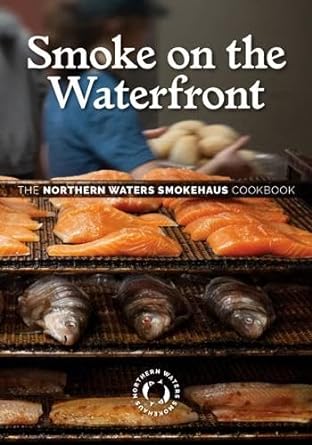 The latest informative and fun 27-minute episode of The Fish Dish Podcast features interviews with the creators of “Smoke on the Waterfront: The Northern Waters Smokehaus Cookbook,” and with a staff member from Duluth, Minnesota’s Zenith Bookstore, who reviewed the book. A finalist for a 2024 Minnesota Book Award, the cookbook offers recipes for the Smokehaus’ famous fish and smoked meats.
The latest informative and fun 27-minute episode of The Fish Dish Podcast features interviews with the creators of “Smoke on the Waterfront: The Northern Waters Smokehaus Cookbook,” and with a staff member from Duluth, Minnesota’s Zenith Bookstore, who reviewed the book. A finalist for a 2024 Minnesota Book Award, the cookbook offers recipes for the Smokehaus’ famous fish and smoked meats.
The Minnesota-based Smokehaus has Wisconsin connections through its fish, provided by commercial fishermen in northern Wisconsin on Lake Superior’s South Shore. Podcast listeners will hear the launch event held for the cookbook; in-depth interviews with Smokehaus staff Ned Netzel and Nic Peloquin about their roles with the cookbook; an insightful review by Jean Sramek, bookseller with Zenith Bookstore; and information on how to cook the Lake Superior Chowder recipe featured in the book.
Wisconsin Sea Grant’s Fish Dish podcast has provided the latest “dish” about Great Lakes fish for over two years and 15 episodes. Hosted by Food Fish Outreach Coordinator Sharon Moen and Science Communicator Marie Zhuikov, the series introduces listeners to the people behind Wisconsin’s fishing and aquaculture industries. Each episode includes a “Fish-o-licious” section where the hosts cook a new fish recipe. Ska music by Twin Ports band, Woodblind, ties it together.
The Fish Dish is available on Google Play, Spotify, iTunes and on the Fish Dish website.
The post Northern Waters Smokehaus and Zenith Books featured on Wisconsin Sea Grant’s Fish Dish Podcast first appeared on Wisconsin Sea Grant.News Releases | Wisconsin Sea Grant
News Releases | Wisconsin Sea Grant
https://www.seagrant.wisc.edu/news/northern-waters-smokehaus-and-zenith-books-featured-on-wisconsin-sea-grants-fish-dish-podcast/

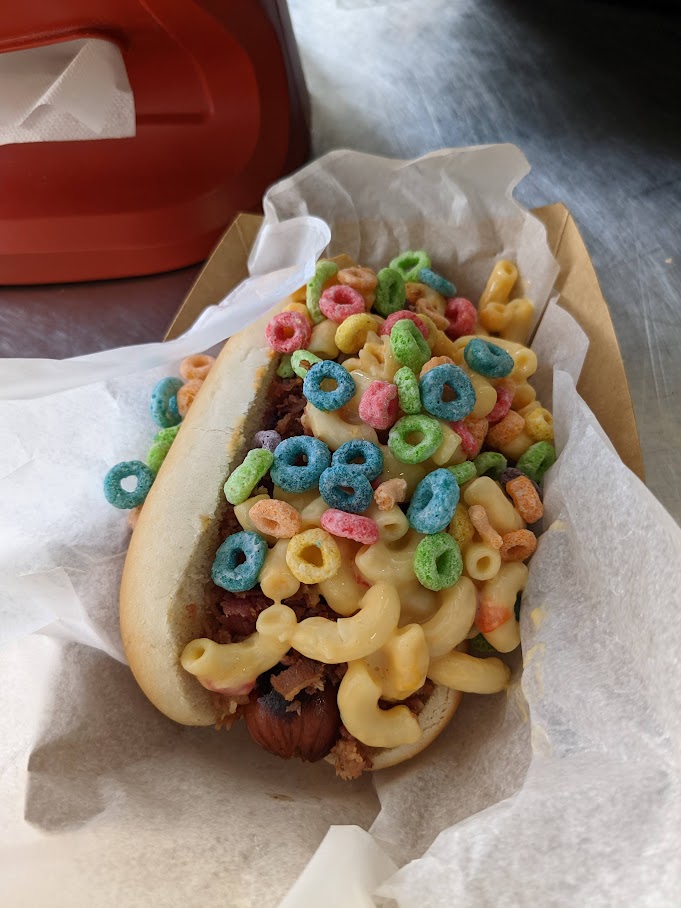
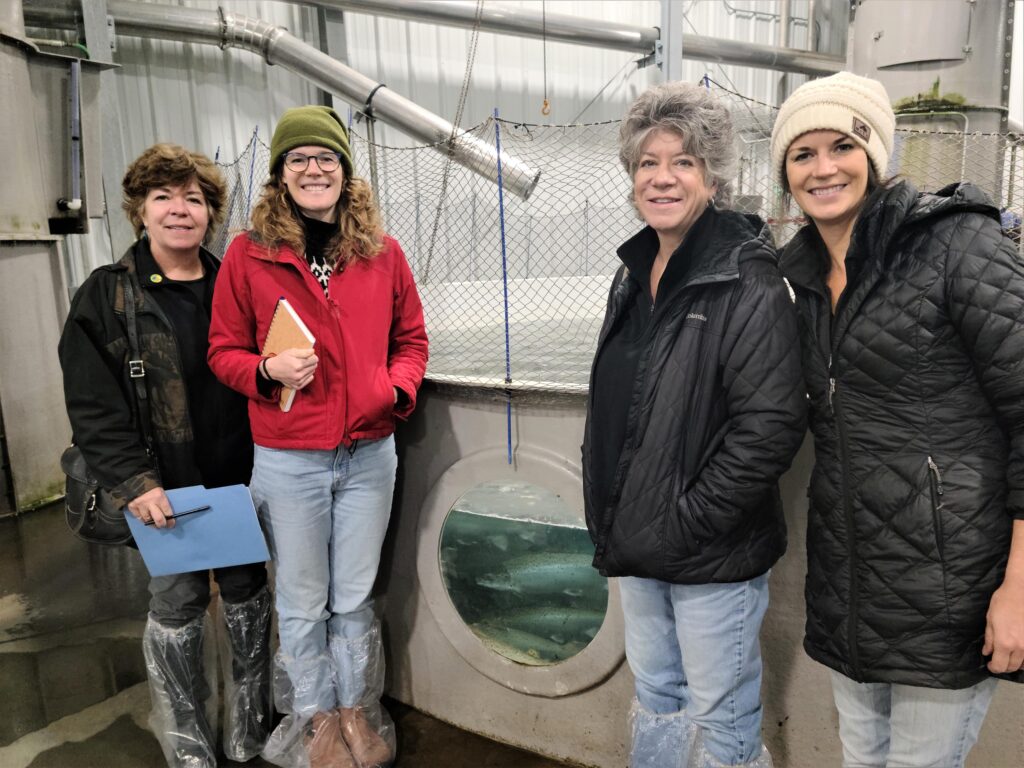
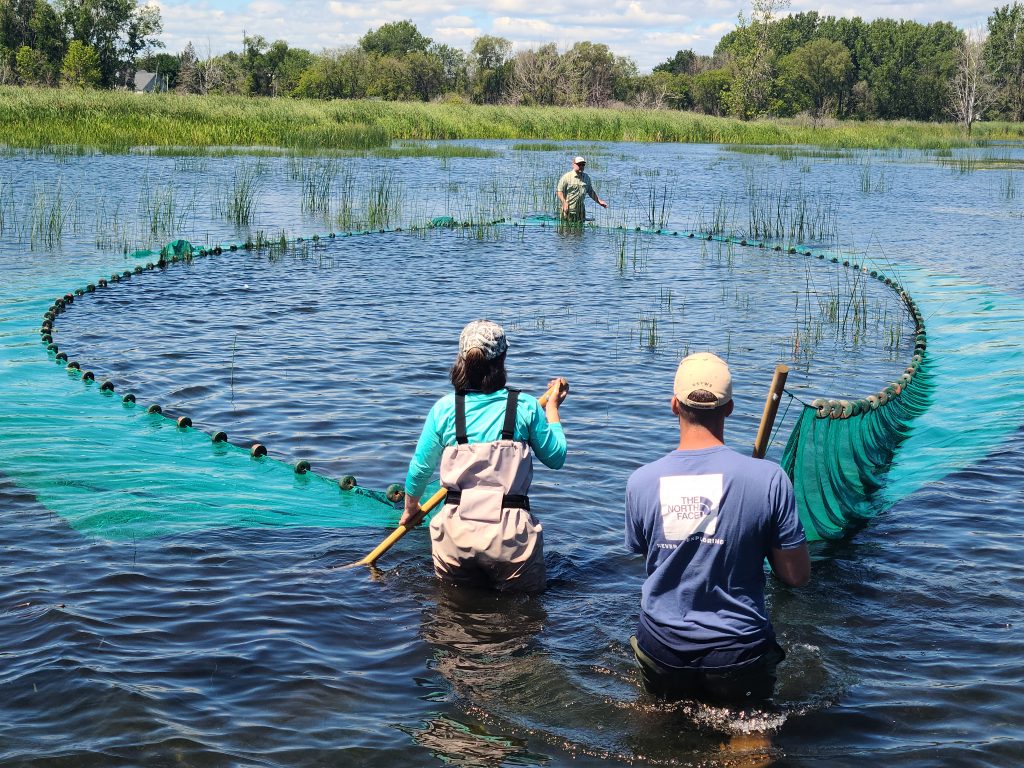
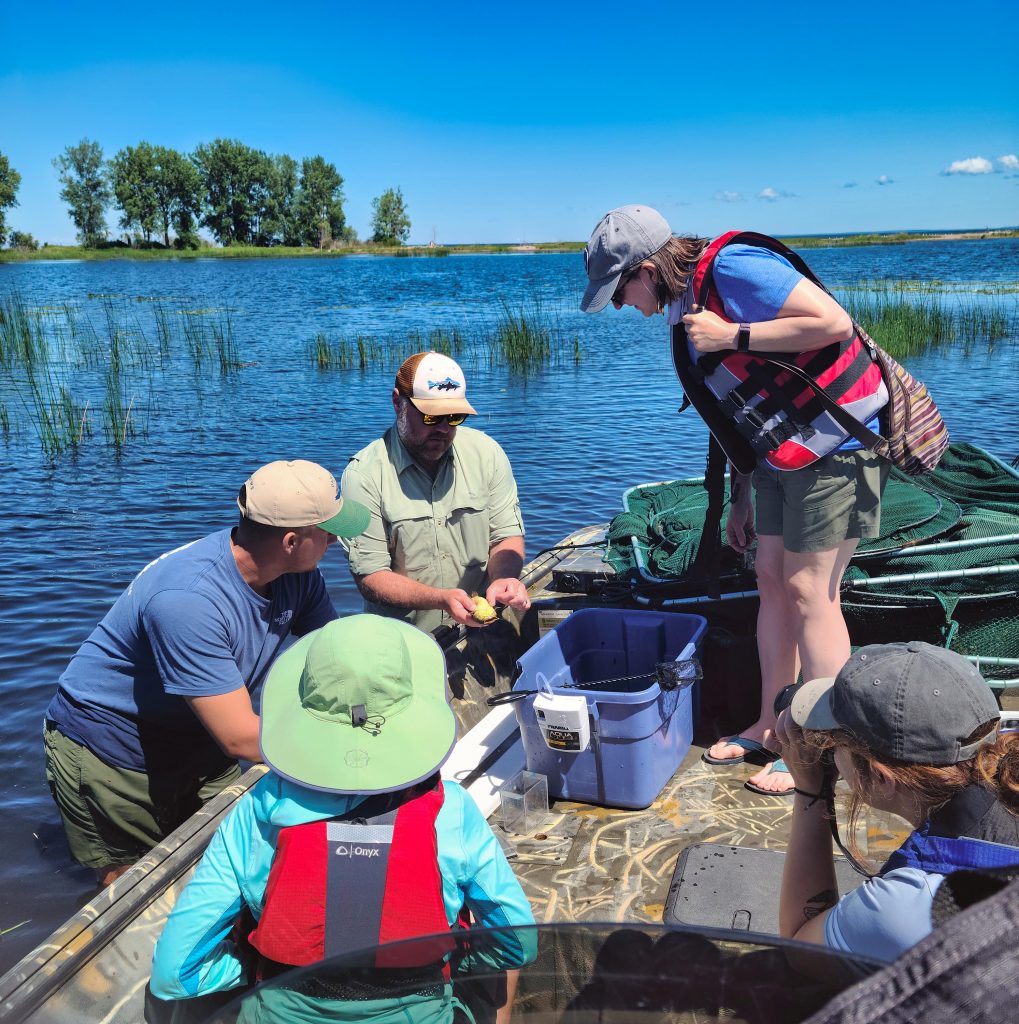
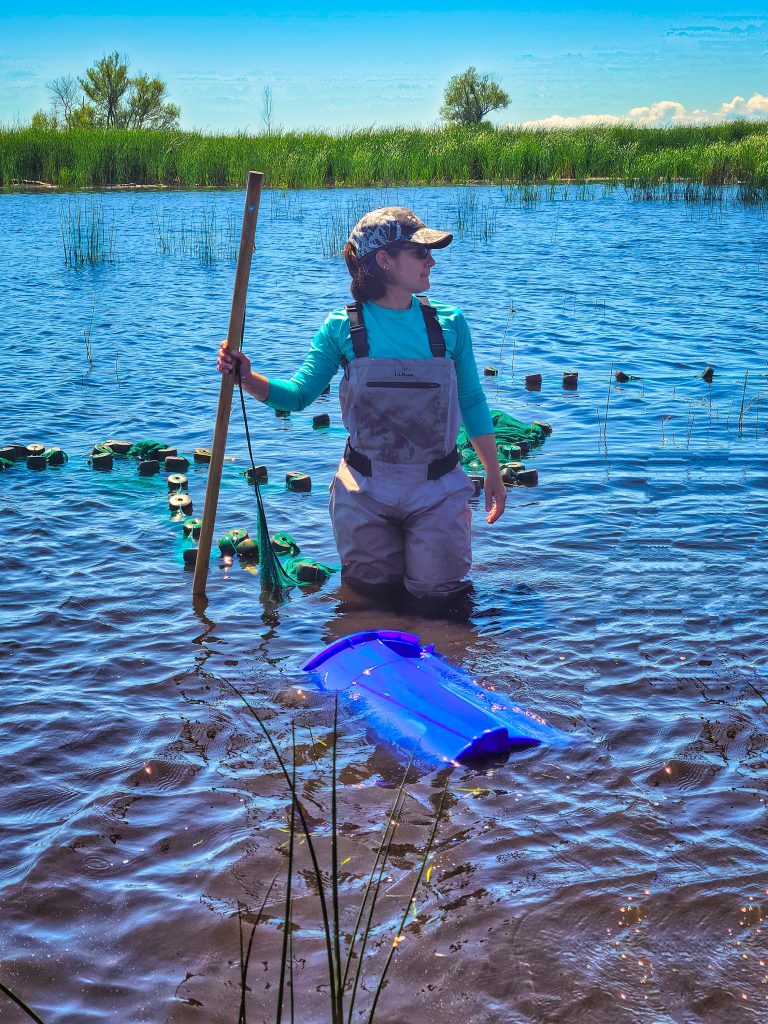
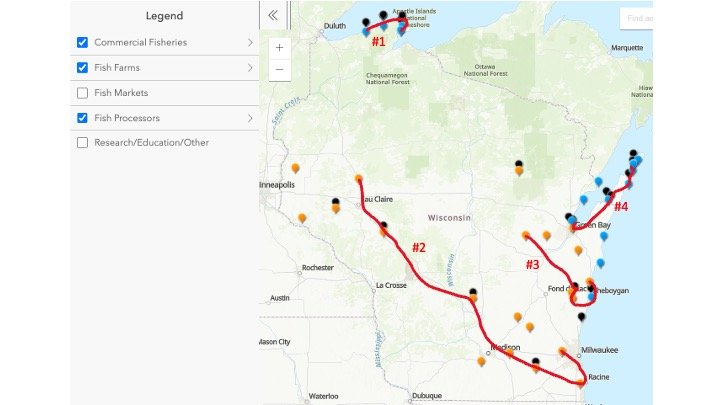
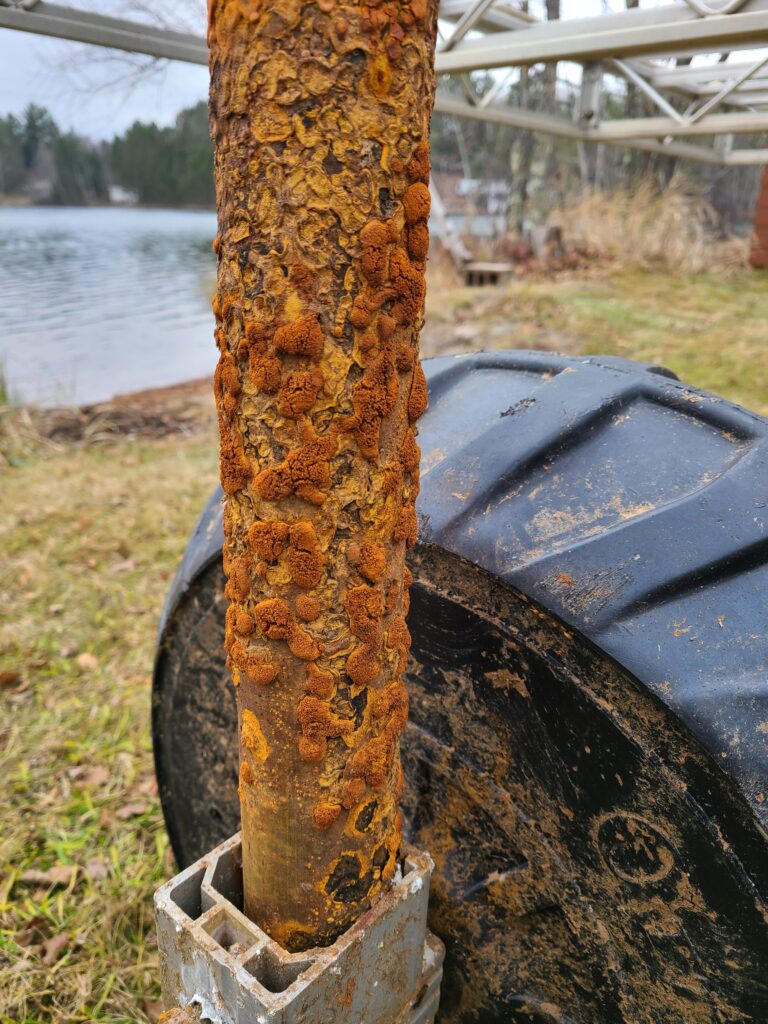
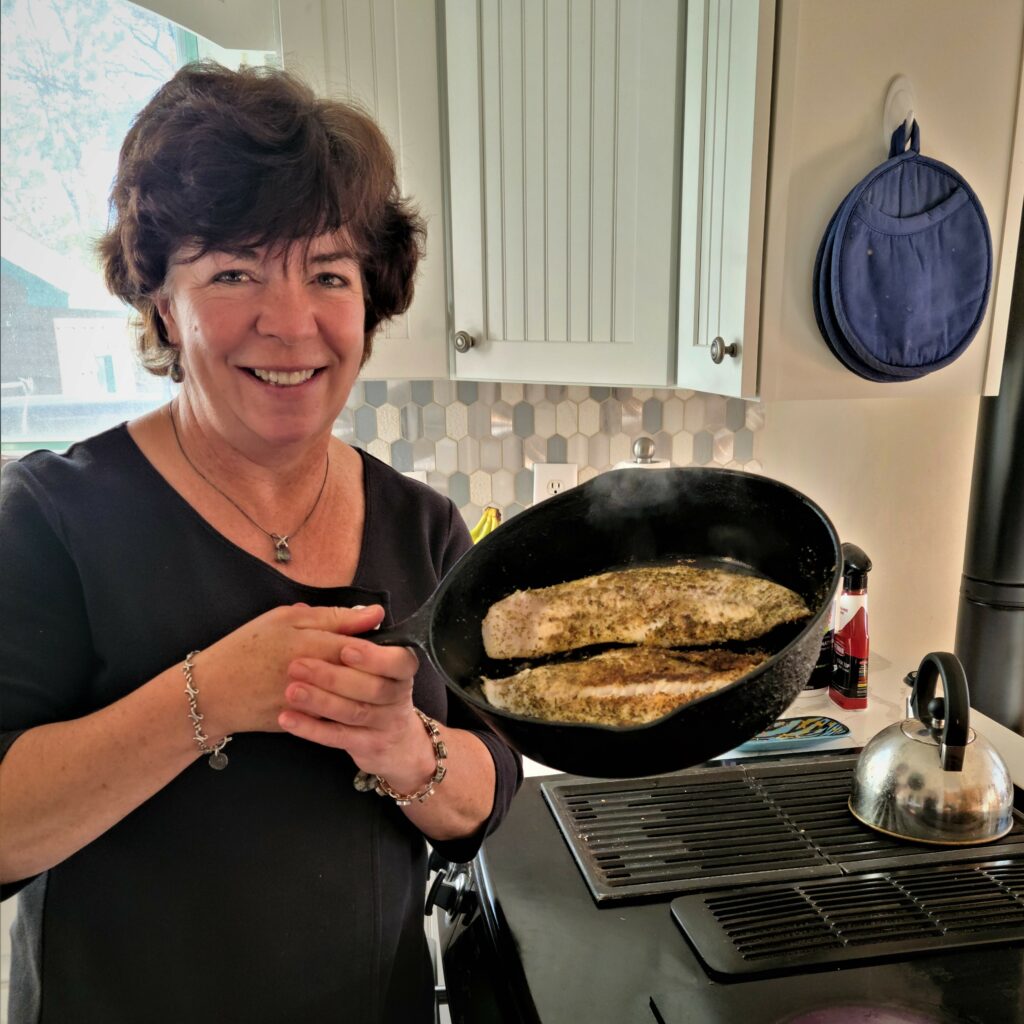
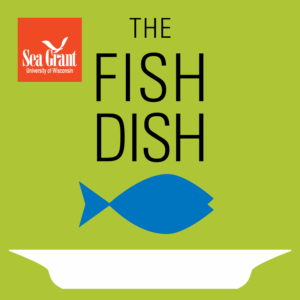 The first episode features Craig Hoopman, a sixth-generation commercial fisherman from Bayfield, Wisconsin. Hoopman shares his beginnings in the business, current challenges, plus his dreams for the future. Also, Eat Wisconsin Fish Outreach Specialist Moen and Science Communicator Zhuikov share their backgrounds in fishing and introduce listeners to the Eat Wisconsin Fish campaign. During the “Fish-o-licious” part of the show, they cook
The first episode features Craig Hoopman, a sixth-generation commercial fisherman from Bayfield, Wisconsin. Hoopman shares his beginnings in the business, current challenges, plus his dreams for the future. Also, Eat Wisconsin Fish Outreach Specialist Moen and Science Communicator Zhuikov share their backgrounds in fishing and introduce listeners to the Eat Wisconsin Fish campaign. During the “Fish-o-licious” part of the show, they cook 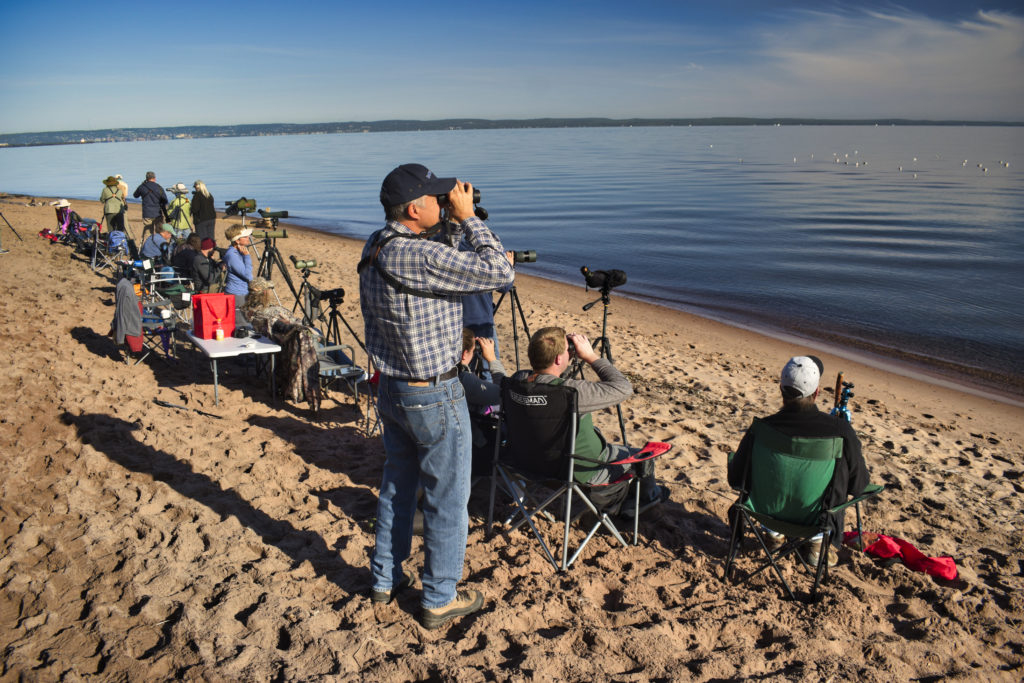
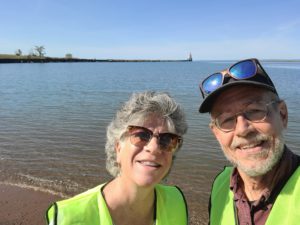
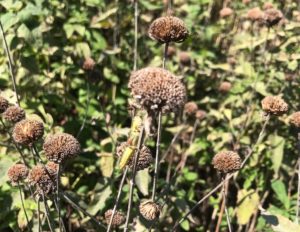
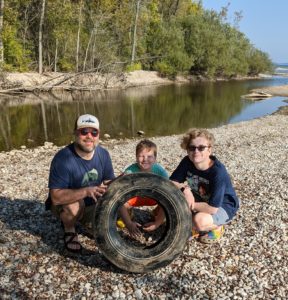
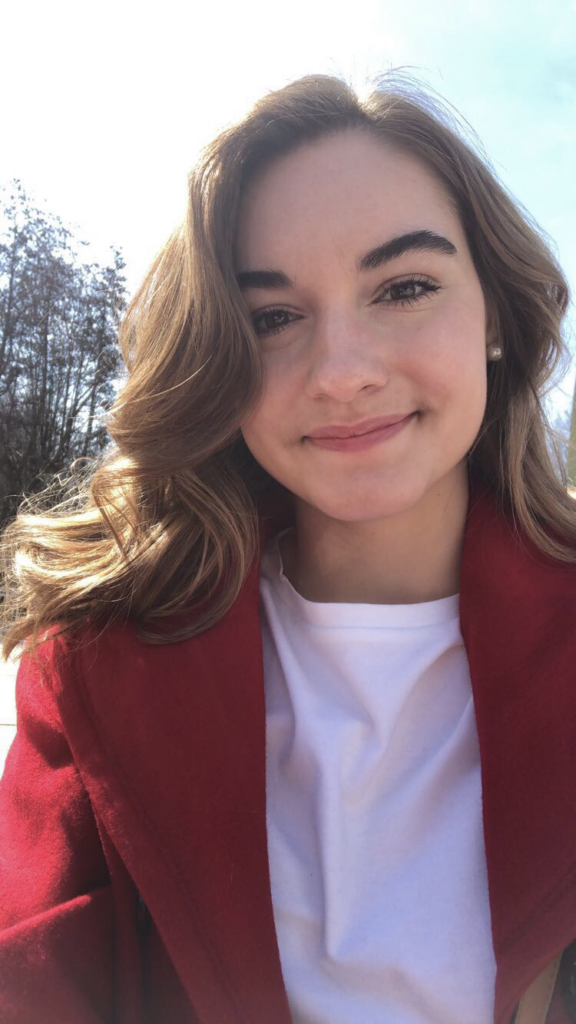
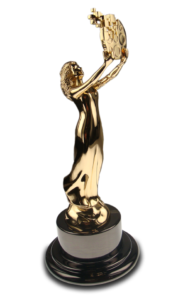
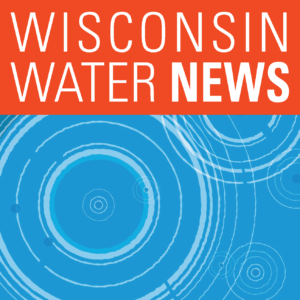 Wisconsin Sea Grant offers a
Wisconsin Sea Grant offers a